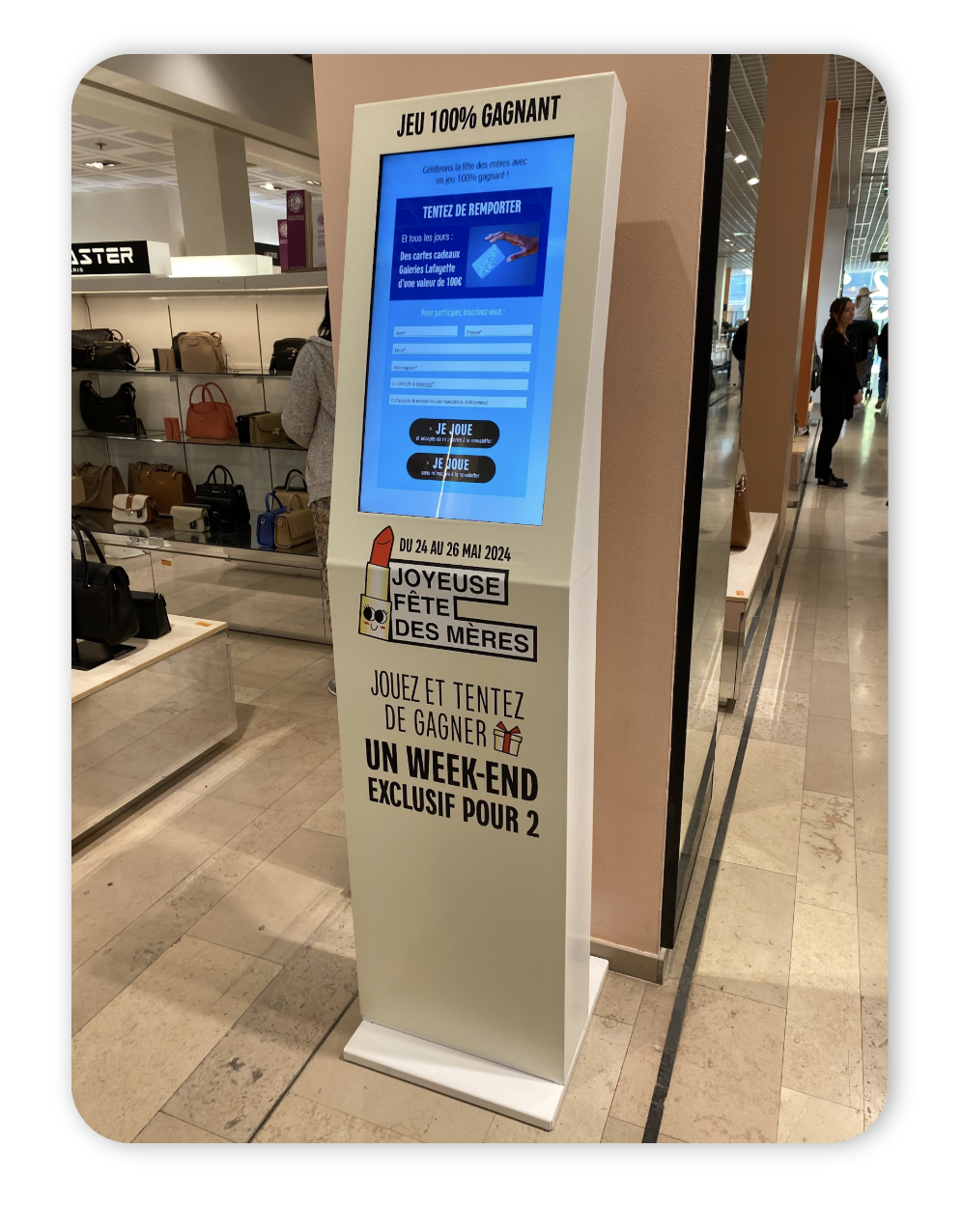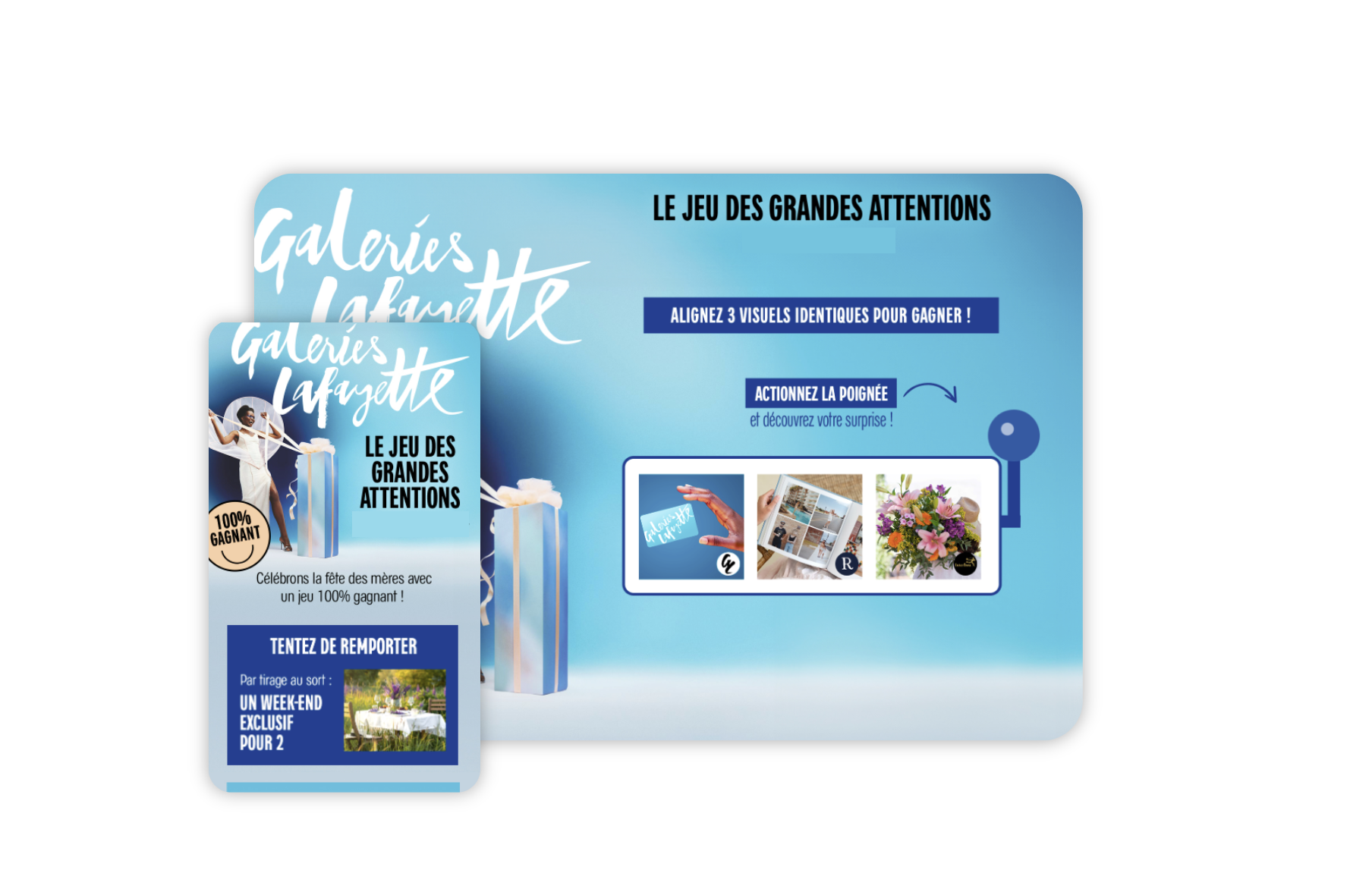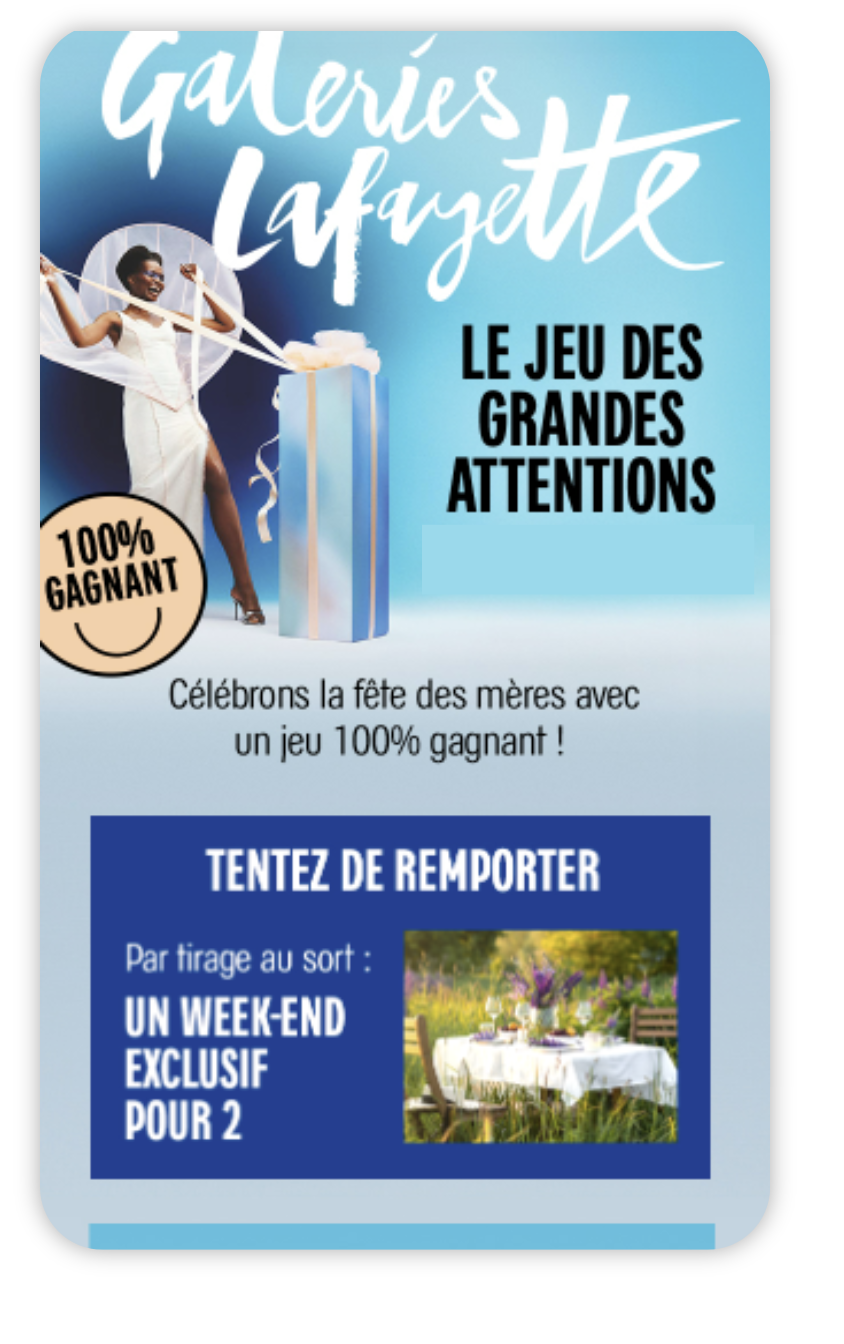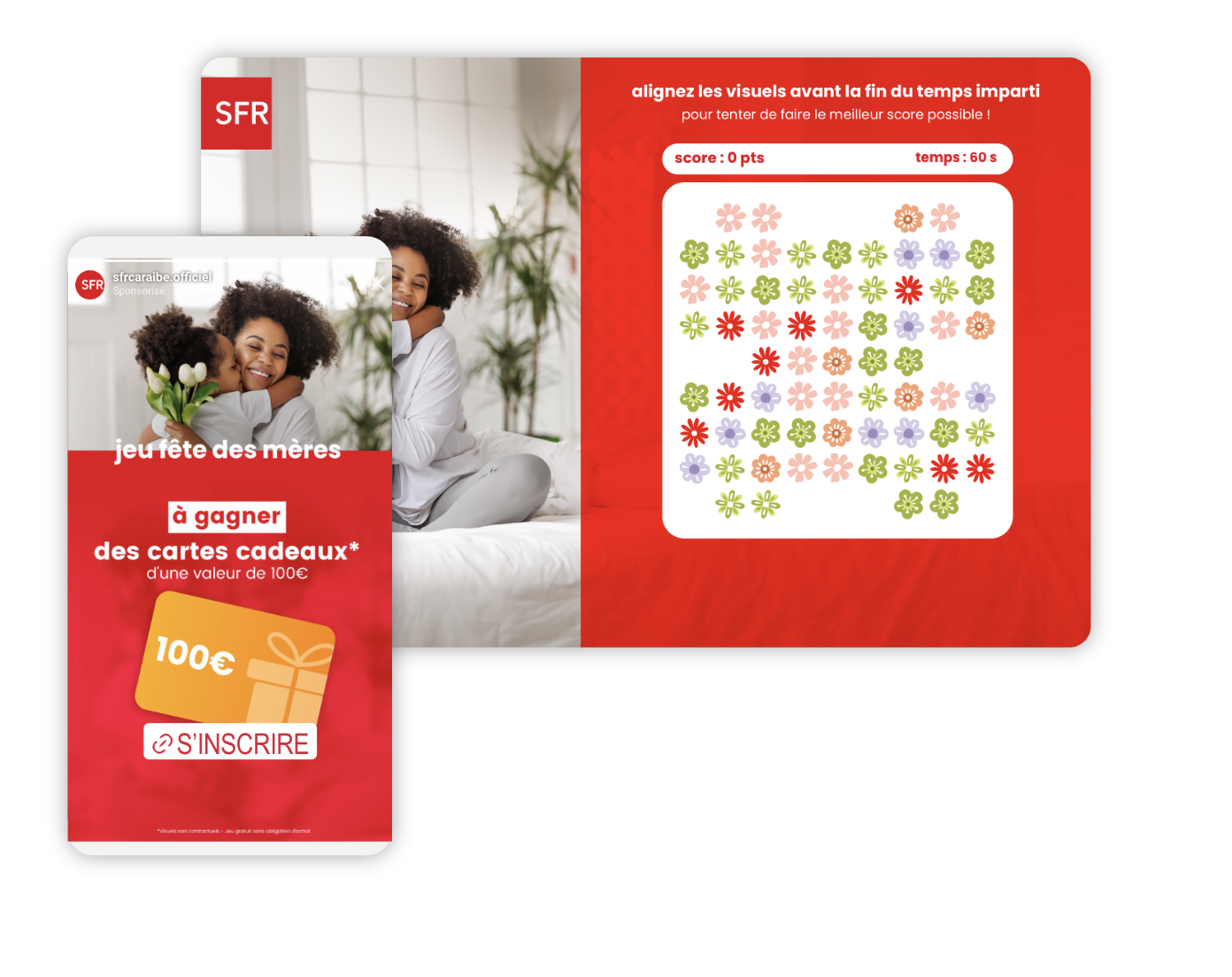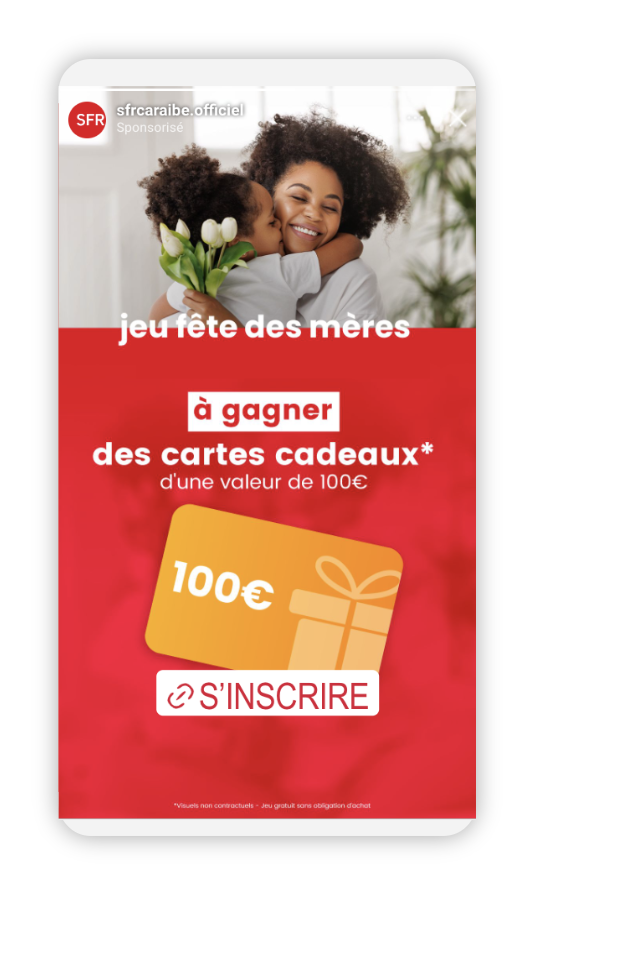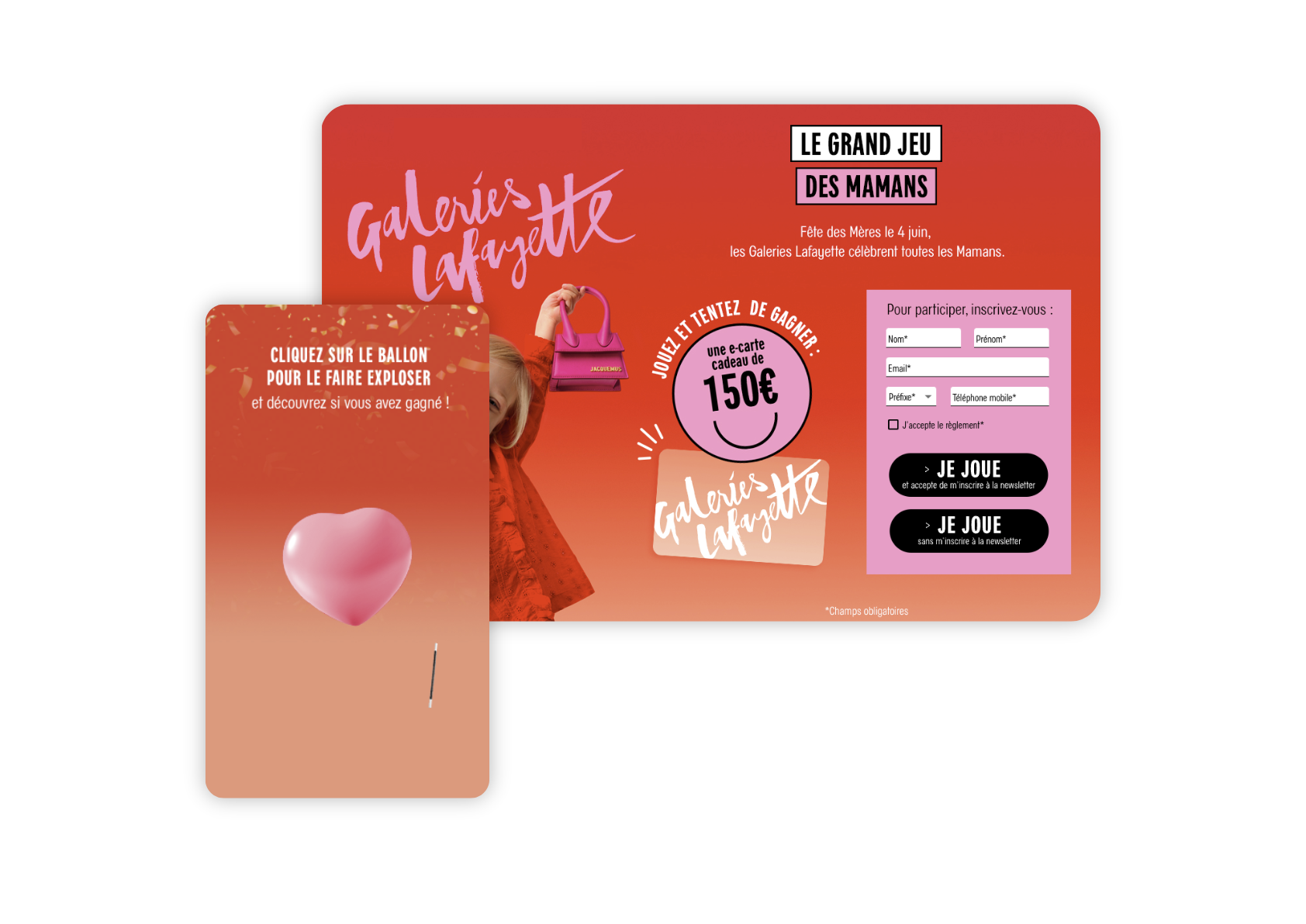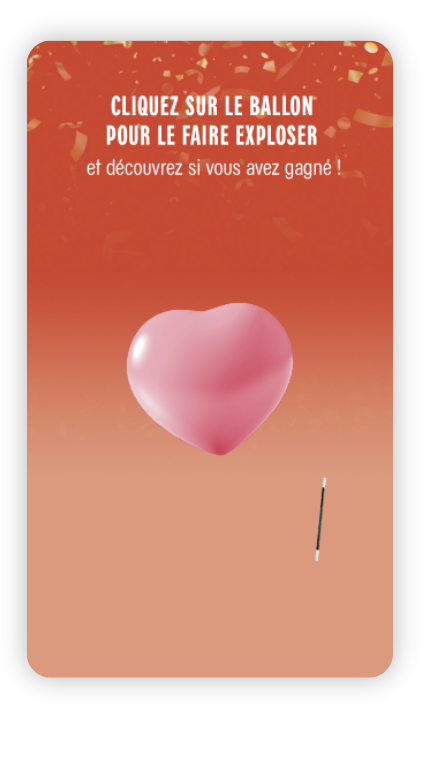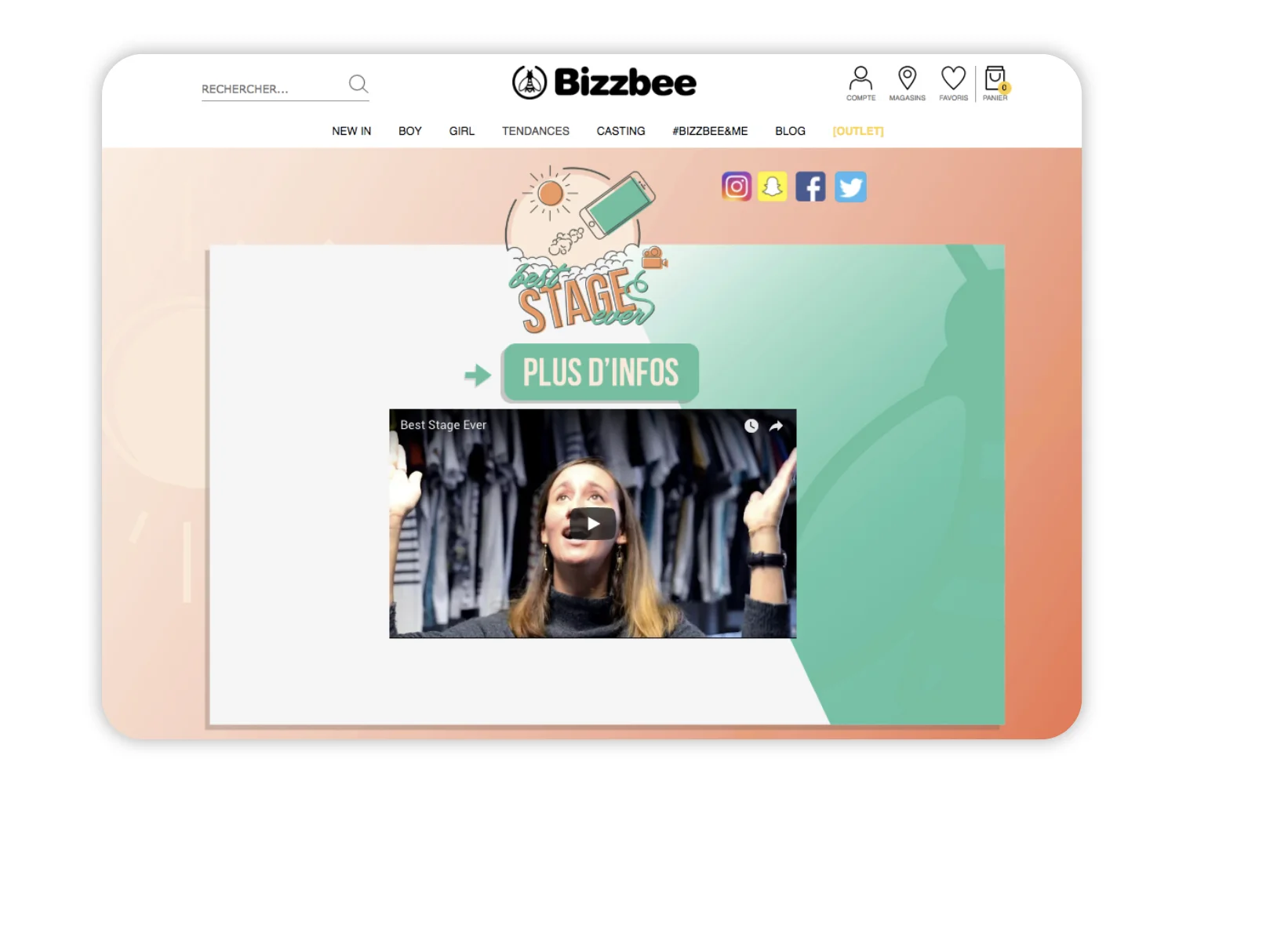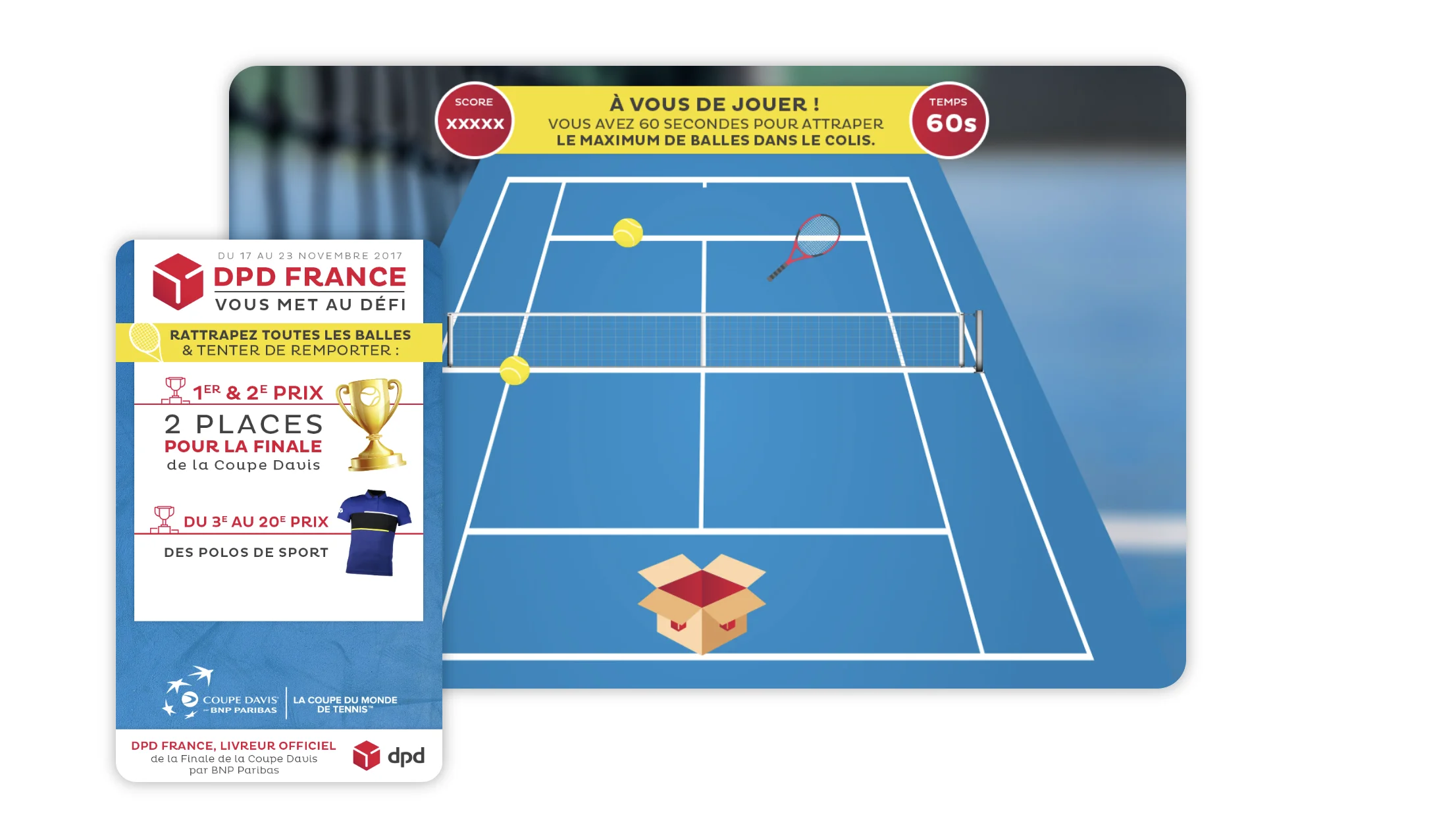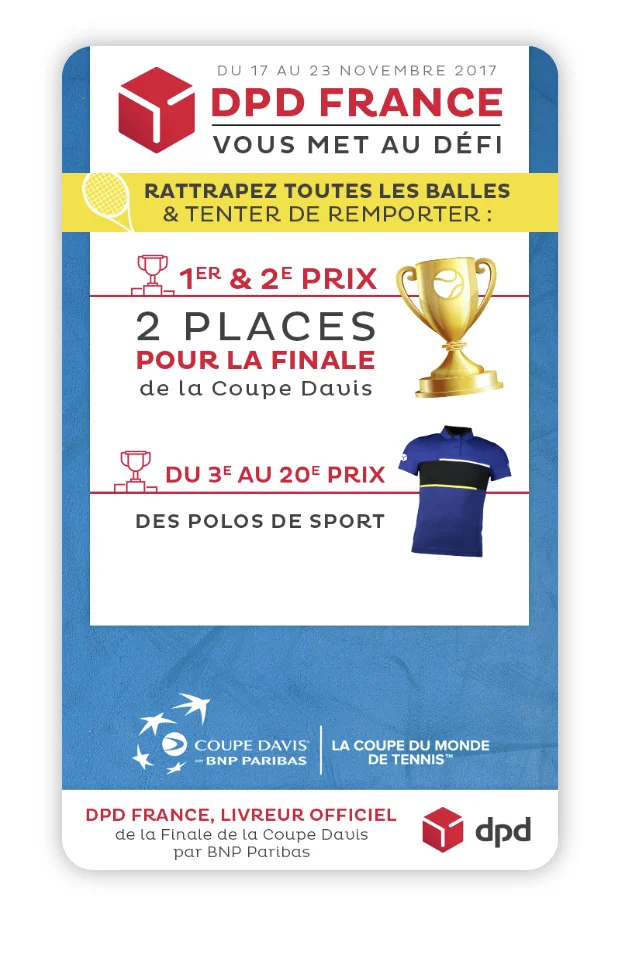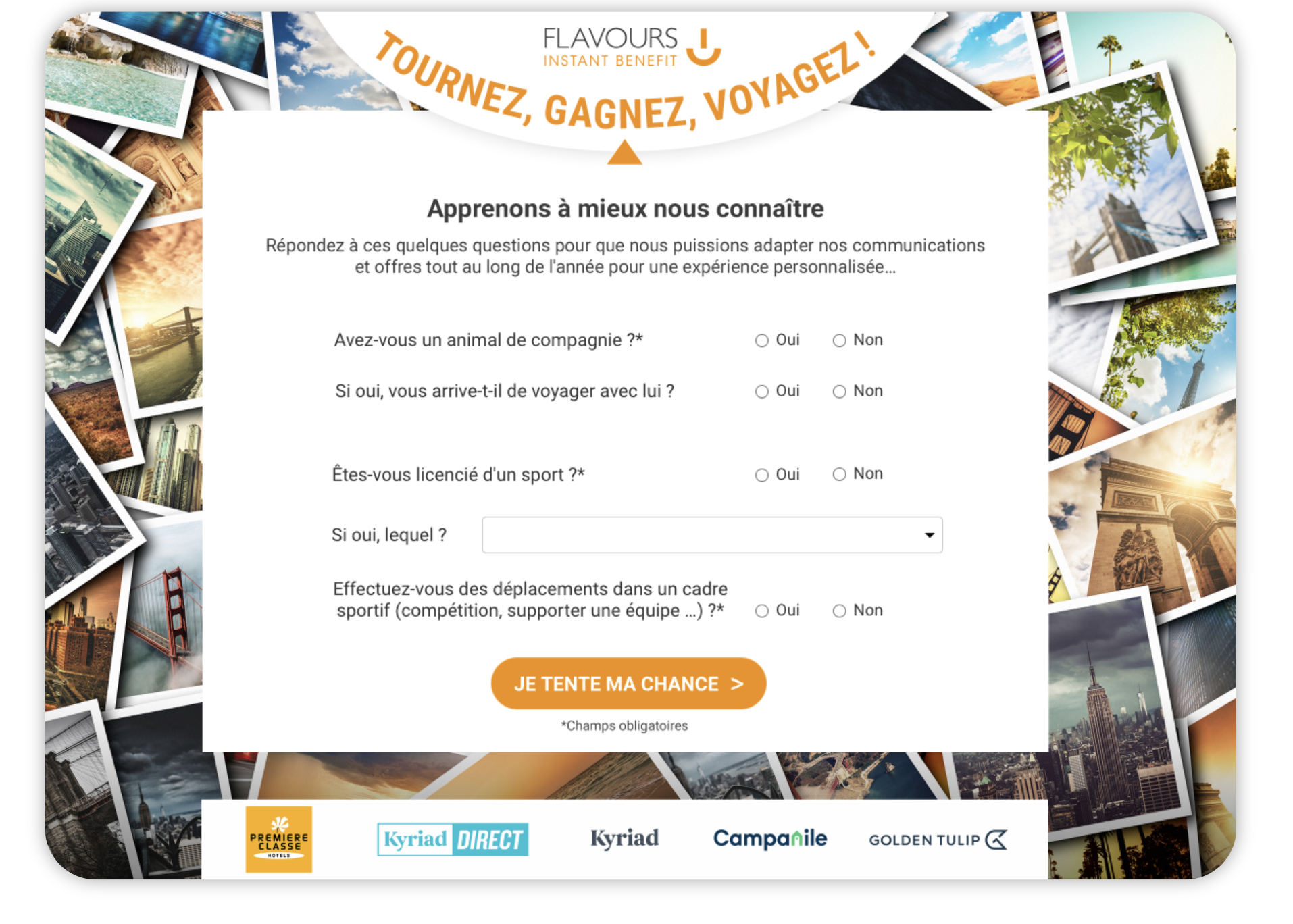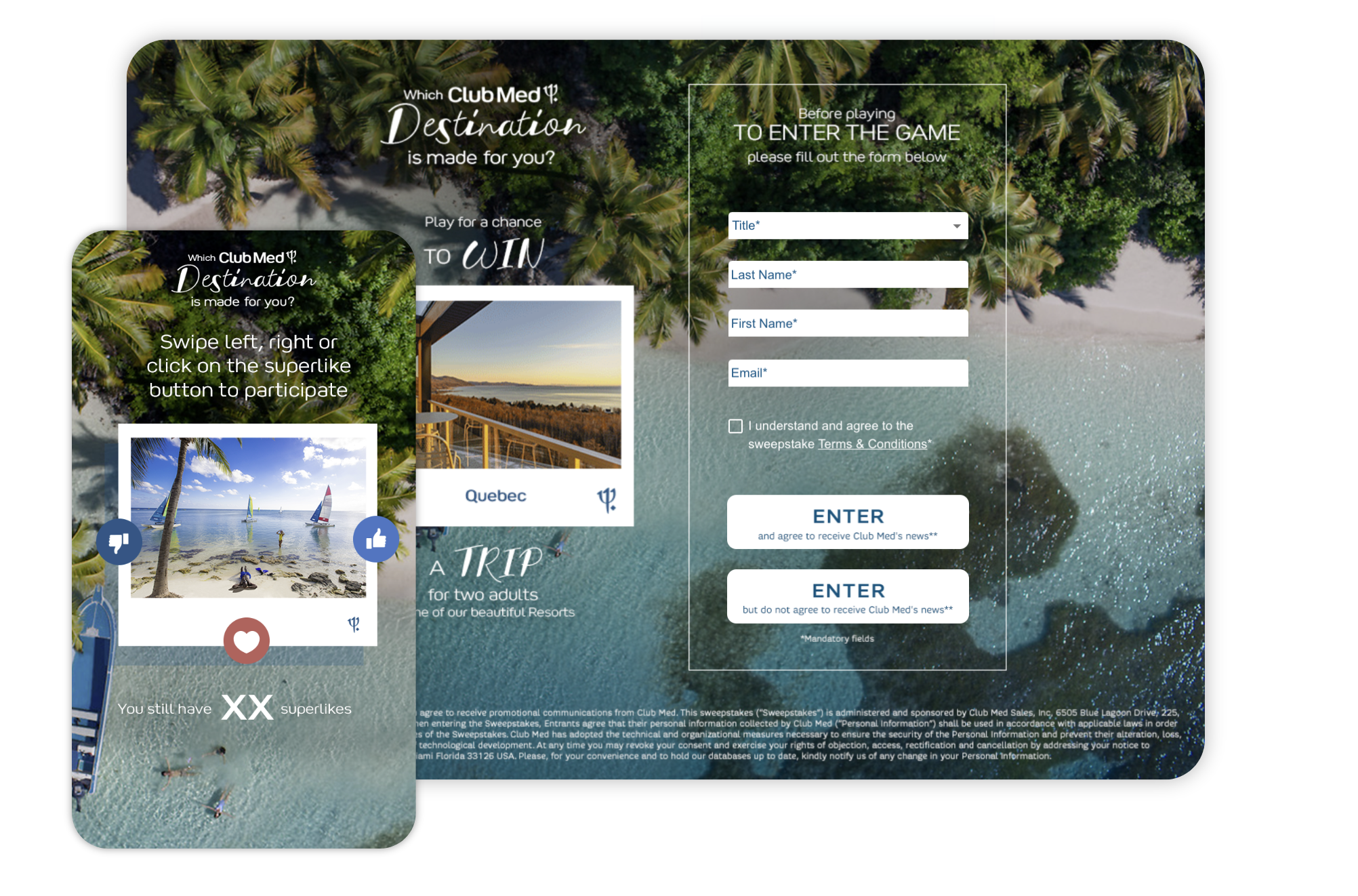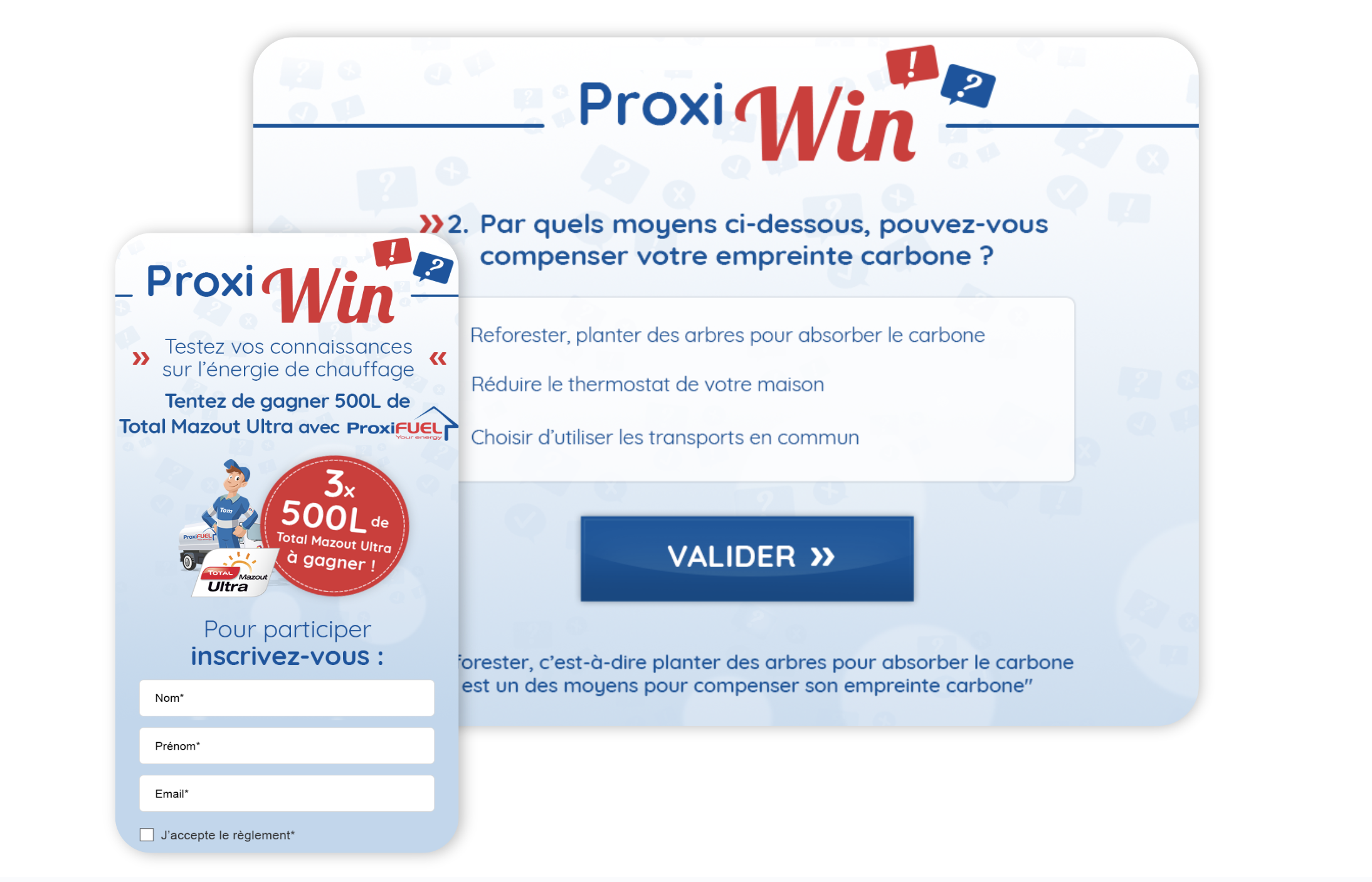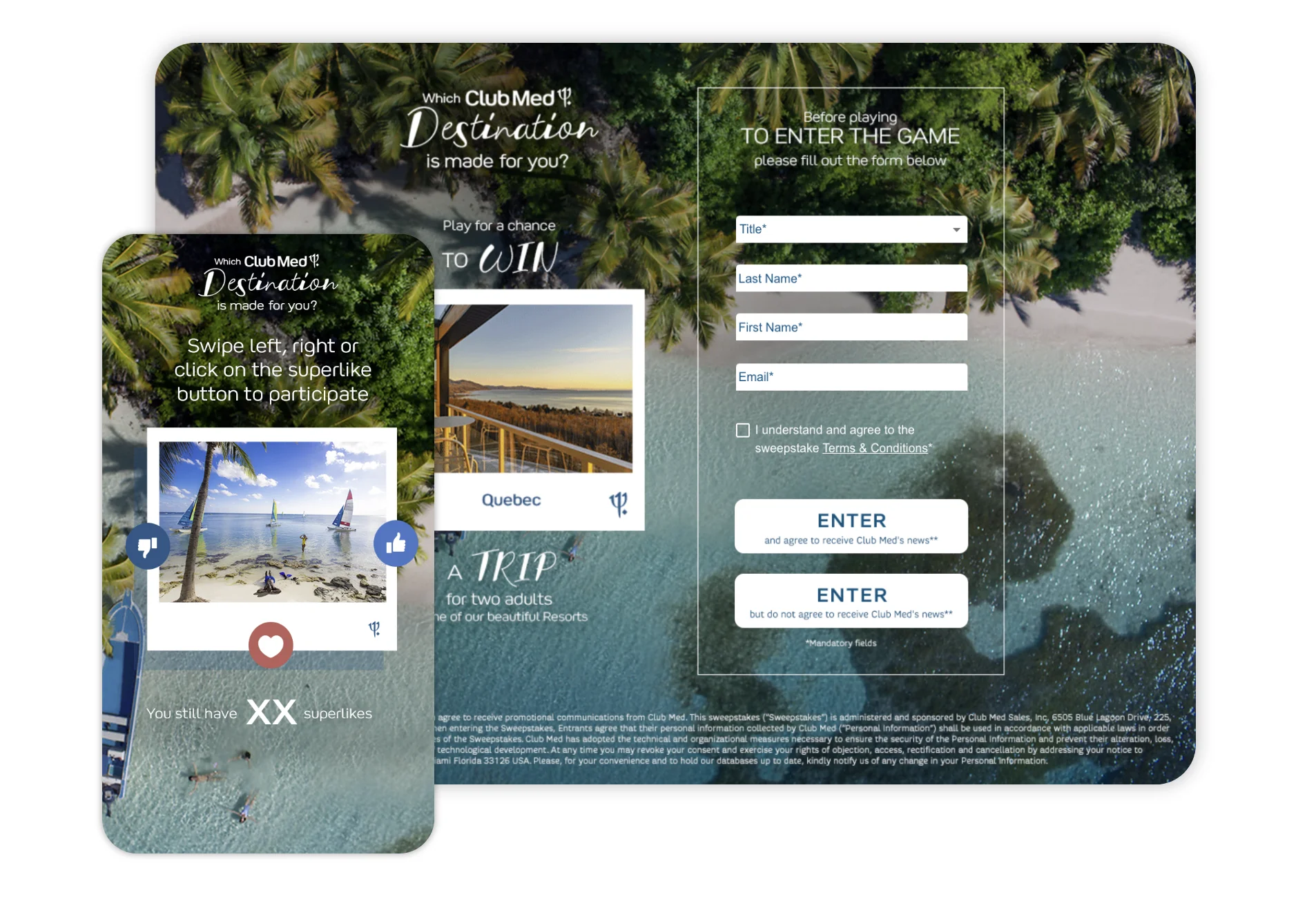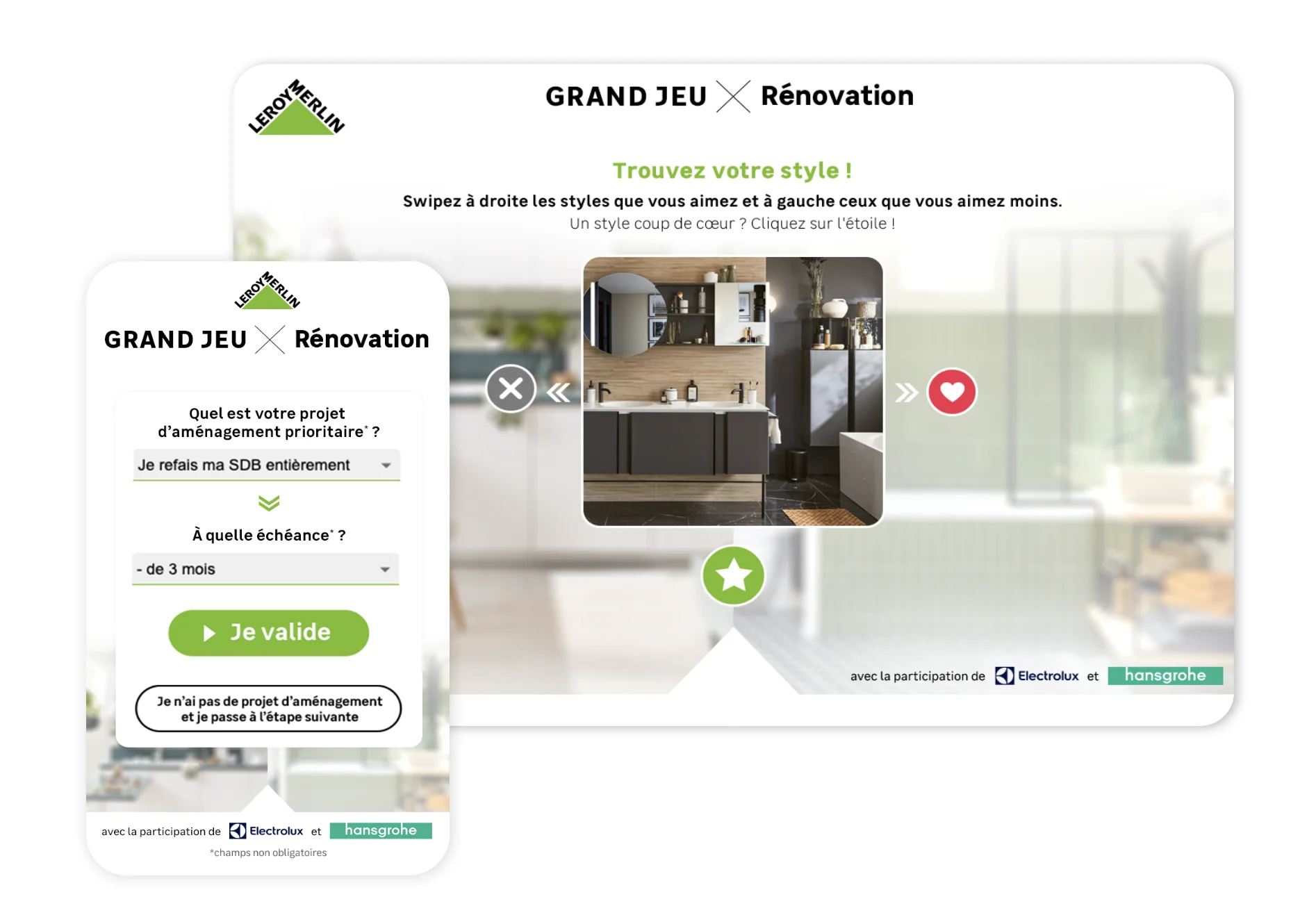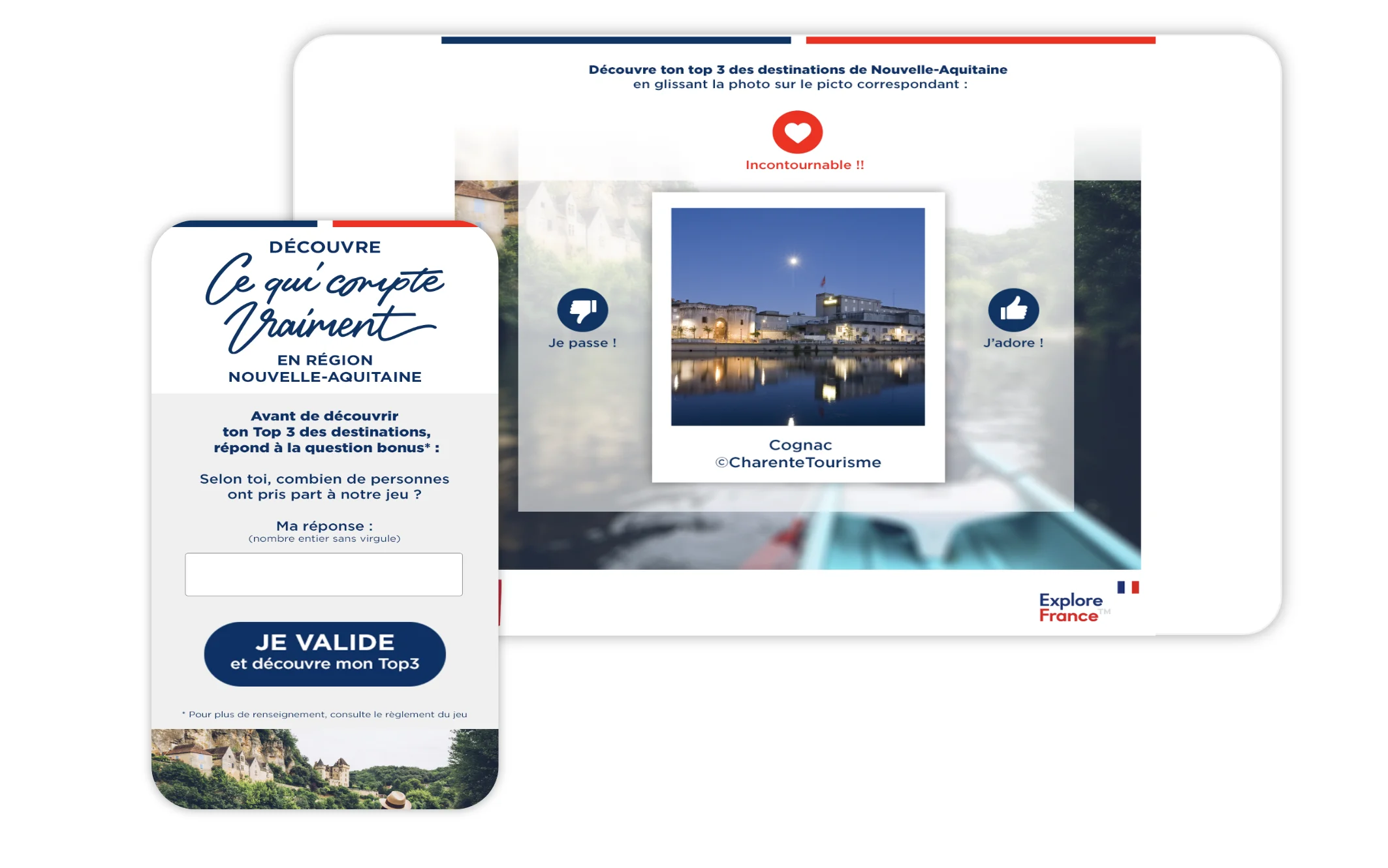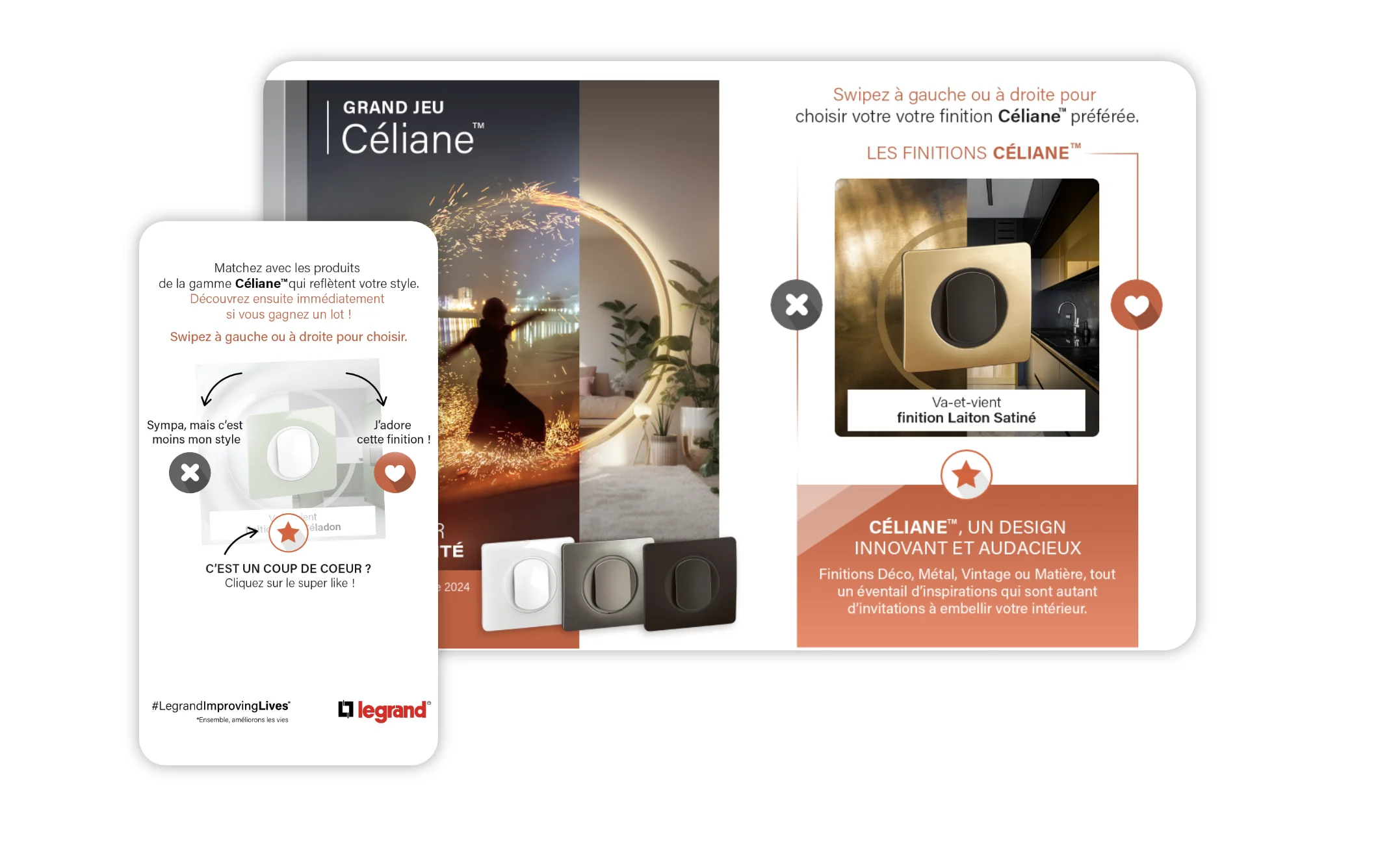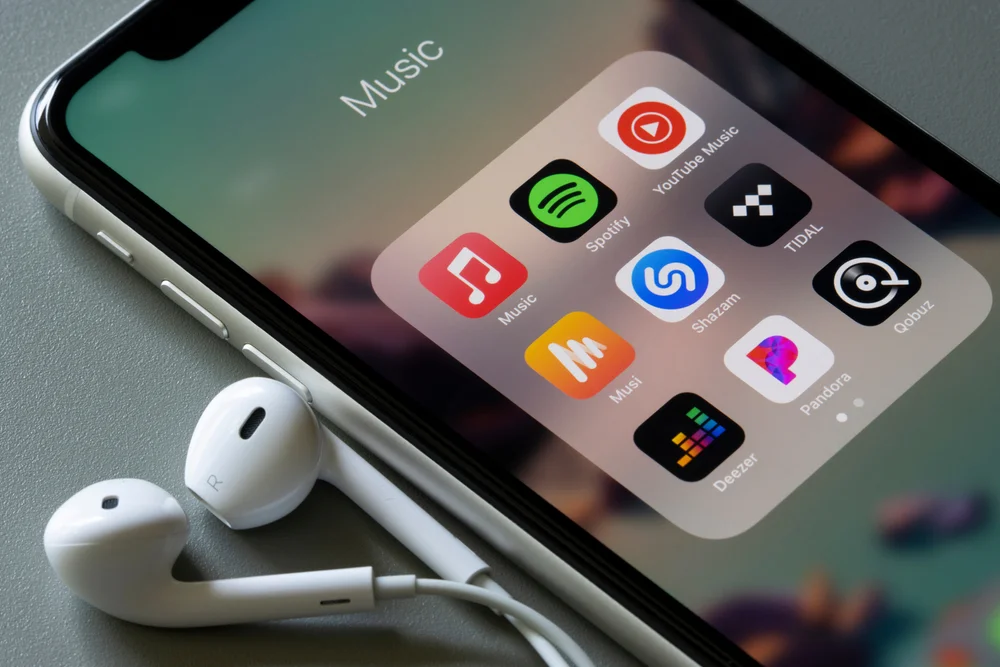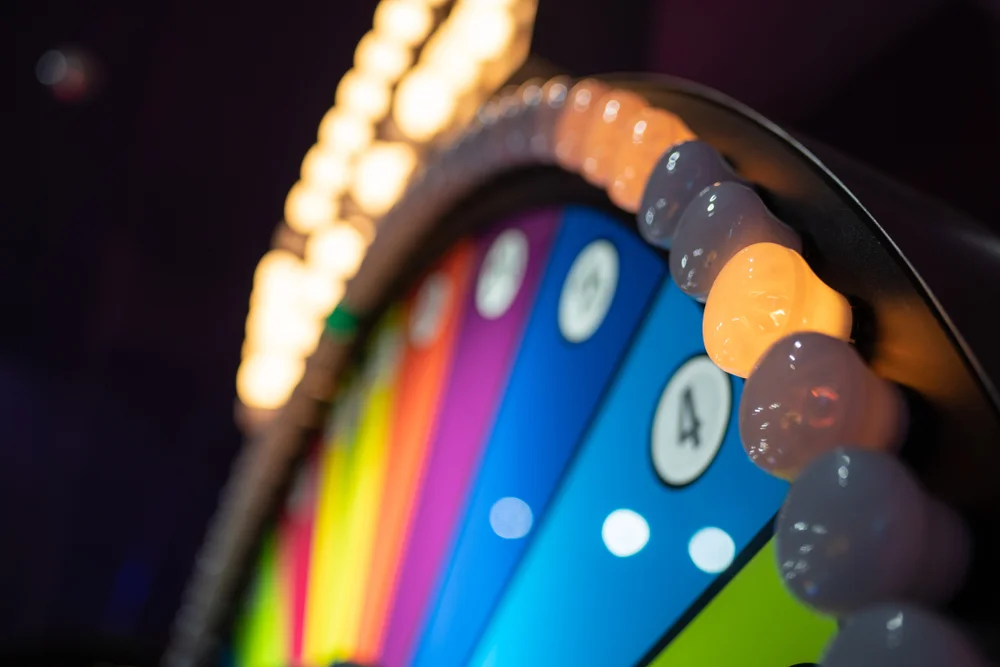
How to create an online Wheel of Fortune?
The Wheel of Fortune is a popular game mechanic. It’s known from numerous television game shows.
With an easily identifiable visual, simple rules and the chance to win attractive prizes, it’s an attractive experience. For the same reasons, it’s an interesting lever for bradns wishing to use gamification to make their communication interactive.
In this article, we offer you a guide to creating an online Wheel of Fortune and maximise its impact. Step by step, we’ll look at how to configure the game and make it an effective tool for recruiting, engaging and retaining customers!
Presentation of the Wheel of Fortune mechanism
Wheel of Fortune is a game mechanic belonging to the instant win family. Where participants know immediately whether they have won or not (unlike a game with a draw) as wekk as the nature of their reward.
The principle is simple: users are invited to spin a wheel to find out if they have won. Which is ideal for capturing attention and maximising your brand’s recruitment objectives.
The Wheel of Fortune is divided into severak suqares, on which the cursor can stop, sealing the participant’s fate. Each box can be associated with a game prize (a percentage discount or a gift voucher amount).
This personalisation enables retailers to offer their audience a game experience that captures their brand universe and engages their target audience. Participants are more inclined to play the game. They can find out what they have won, creating anticipation that reinforces their commitment.
What are the objectives of this marketing game?
The online Wheel of Fortune is an ideal marketing game mechanic for :
Rapidly recruit new users
As we’ve already mentioned, it’s a popular and identifiable game. It captures the attention of users. The fact that it is an instant win reinforces the appeal of the mechanics and encourages participation. Participants can be invited to share the campaign, increasing its reach and helping to recruit new leads. This instant-win mechanism is therefore an effective way of boosting brand awareness.
Example: Lindt ran a Wheel of Fortune on its social networks to recruit opt-in leads and promote its products. The campaign exceeded 15,000 leads, with an opt-in rate of 62%.
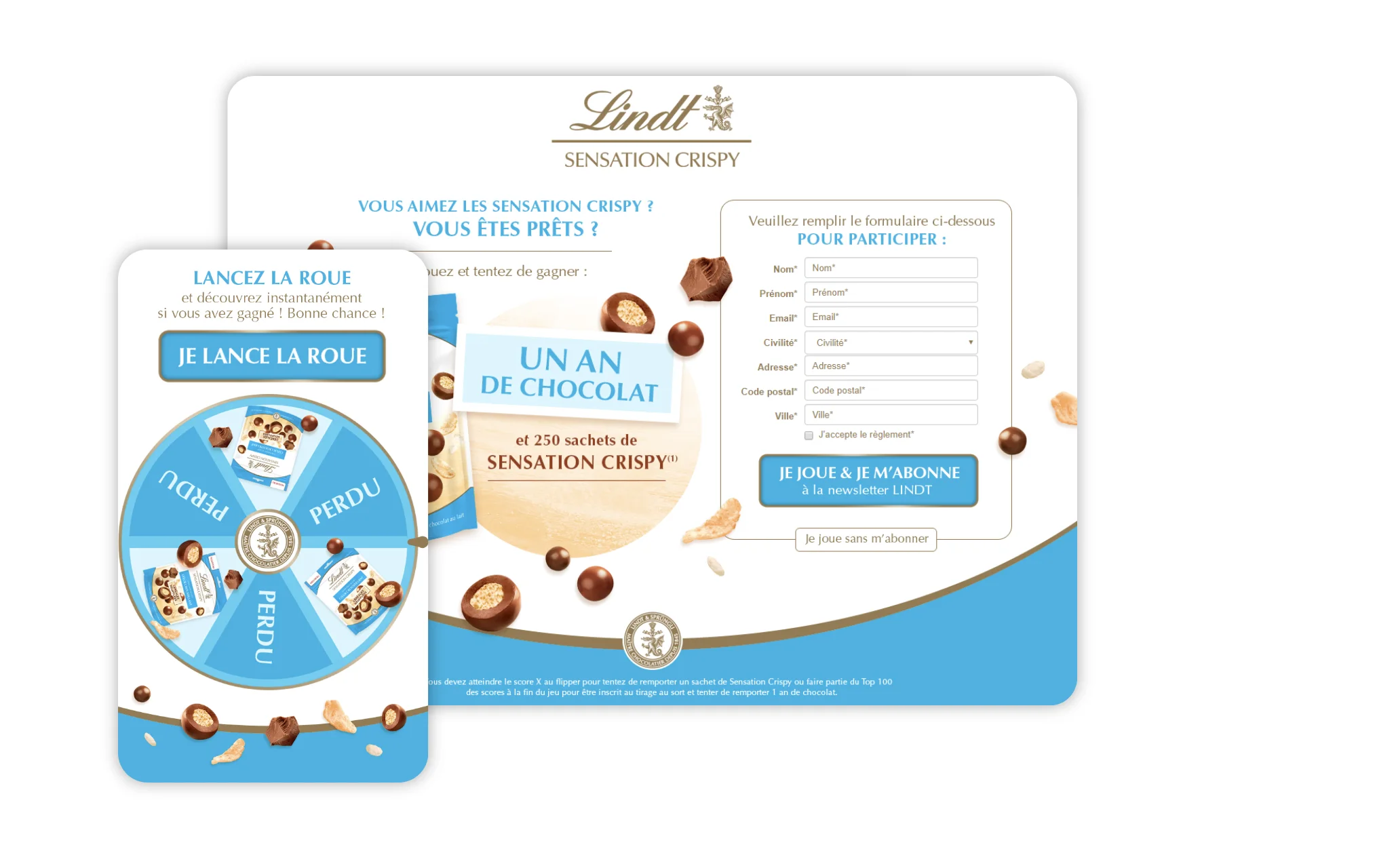
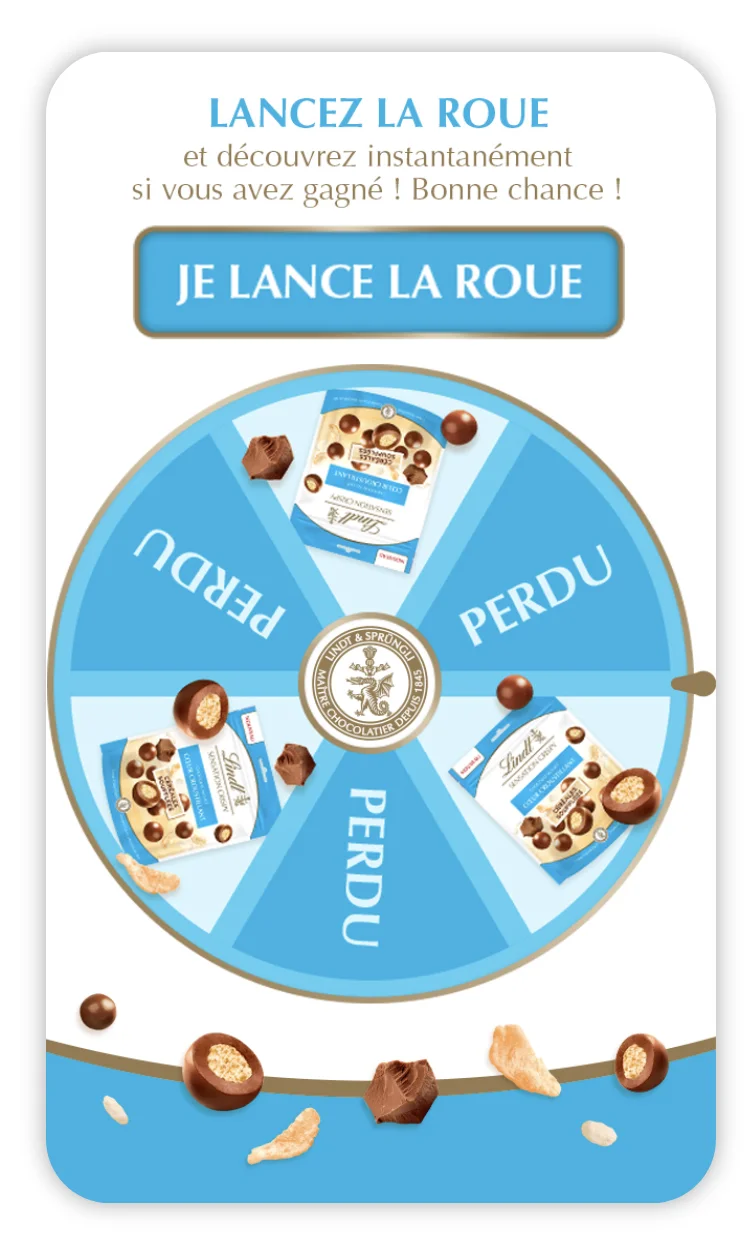
Engage your audience and immerser them in your bradn universe
The customisable configuration of the online Wheel of Fortune means that it can be adapted to your brand universe. Brands can create a unique game experience that reflects not only their aesthetics, but also their values. What’s more, the mechanic can be distributed across a variety of channels (a website, mobile application or social networks).
Example:
Showroom Privé’s French Days campaign took the form of a Wheel of Fortune.
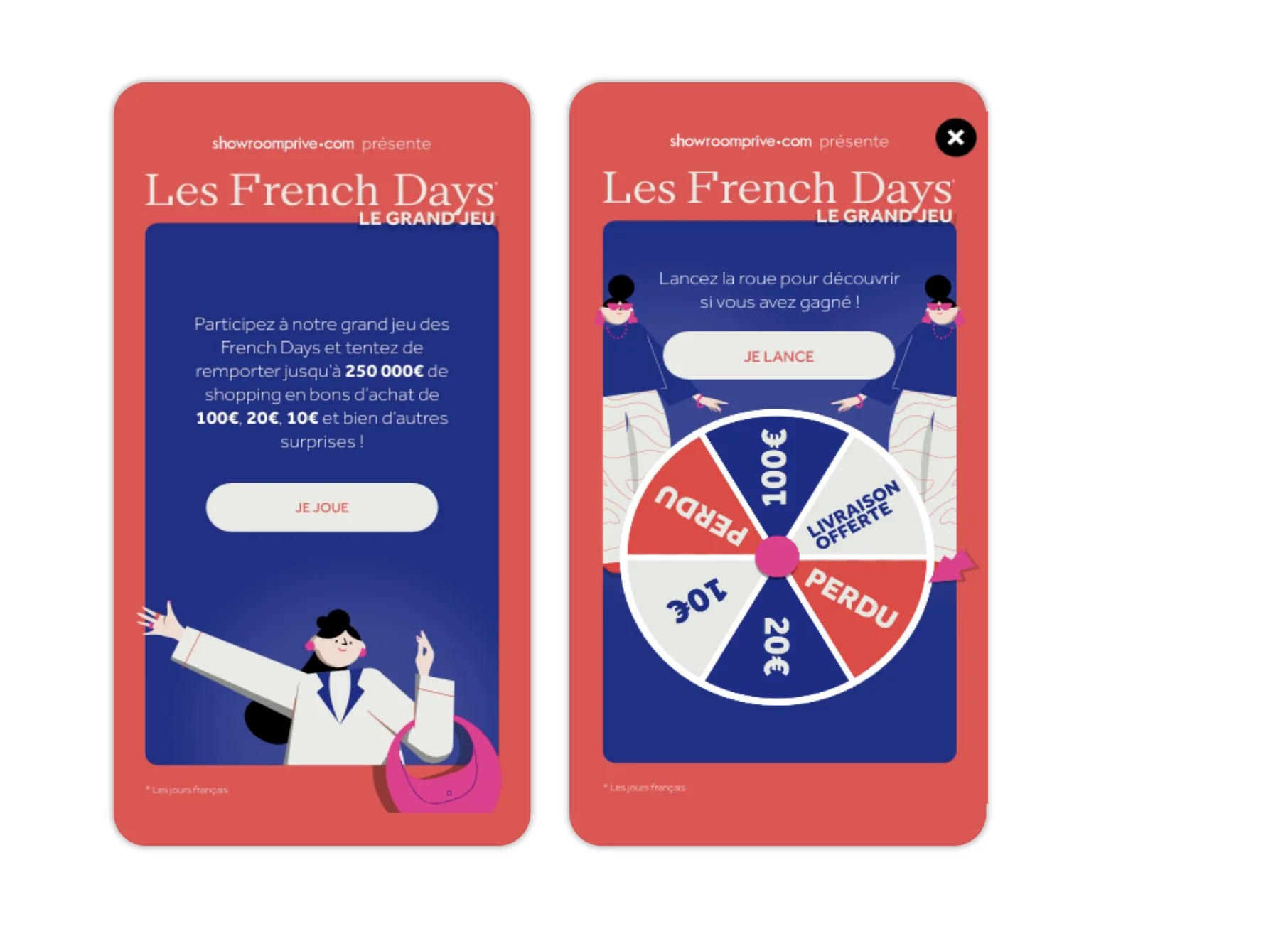
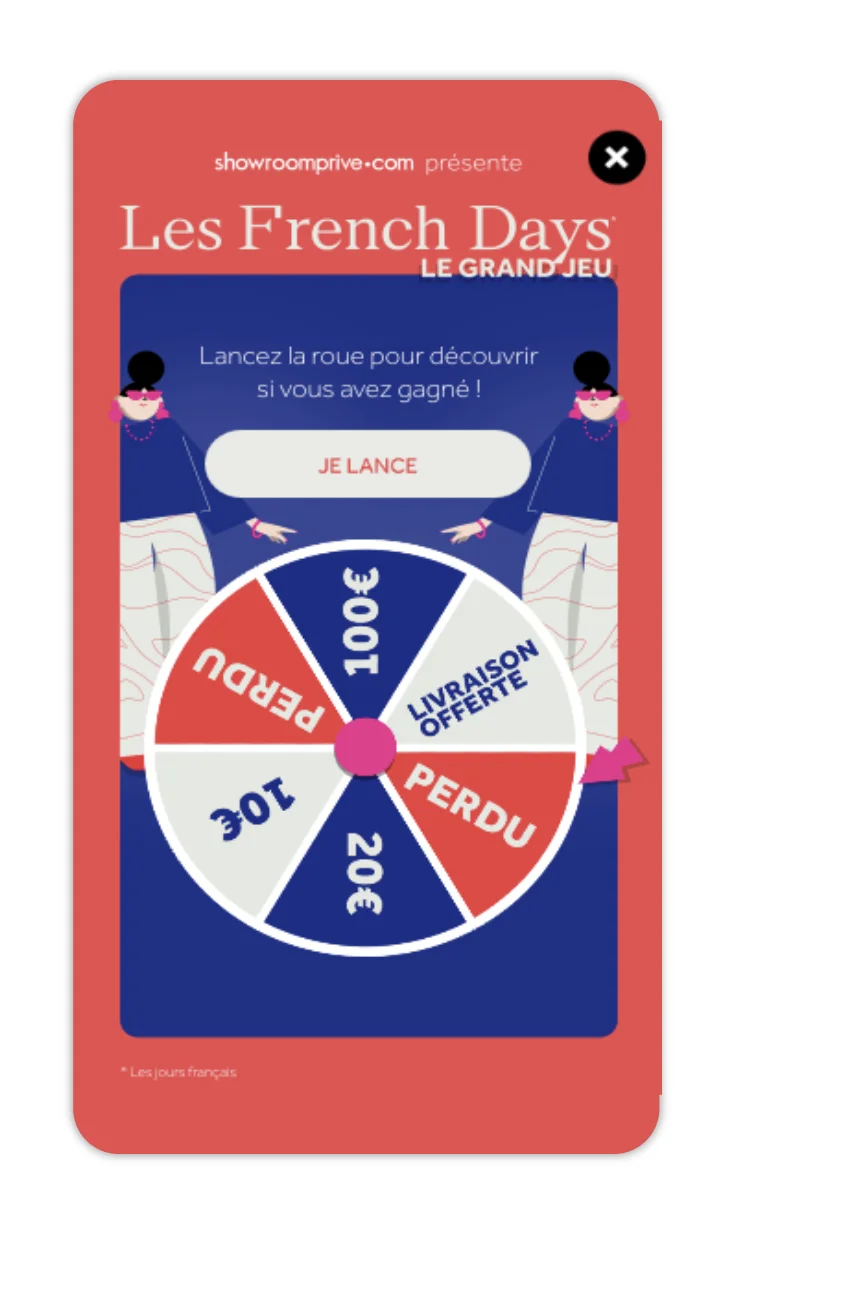
Boost your retention rate by rewarding customers for their loyalty
Finally, the Wheel of Chance is ideal for rewarding customers and ecouraging them to buy again. The game can be shared post-purchase (
directly at the checkout via an interactive terminal
or following an online order). Access may be restricted to a VIP program (via a gatecode
). In both cases, the Wheel of Fortune can be used to strengthen brand loyalty by distributing benefits (gifts) or incentives to buy again (discount coupons).
Example:
Del Arte’s 40th birthday campaign aimed to promote the brand’s anniversary through a Wheel of Fortune. Designed to generate in-store traffic, it enabled the company to record over 4k clicks to the loyalty program.
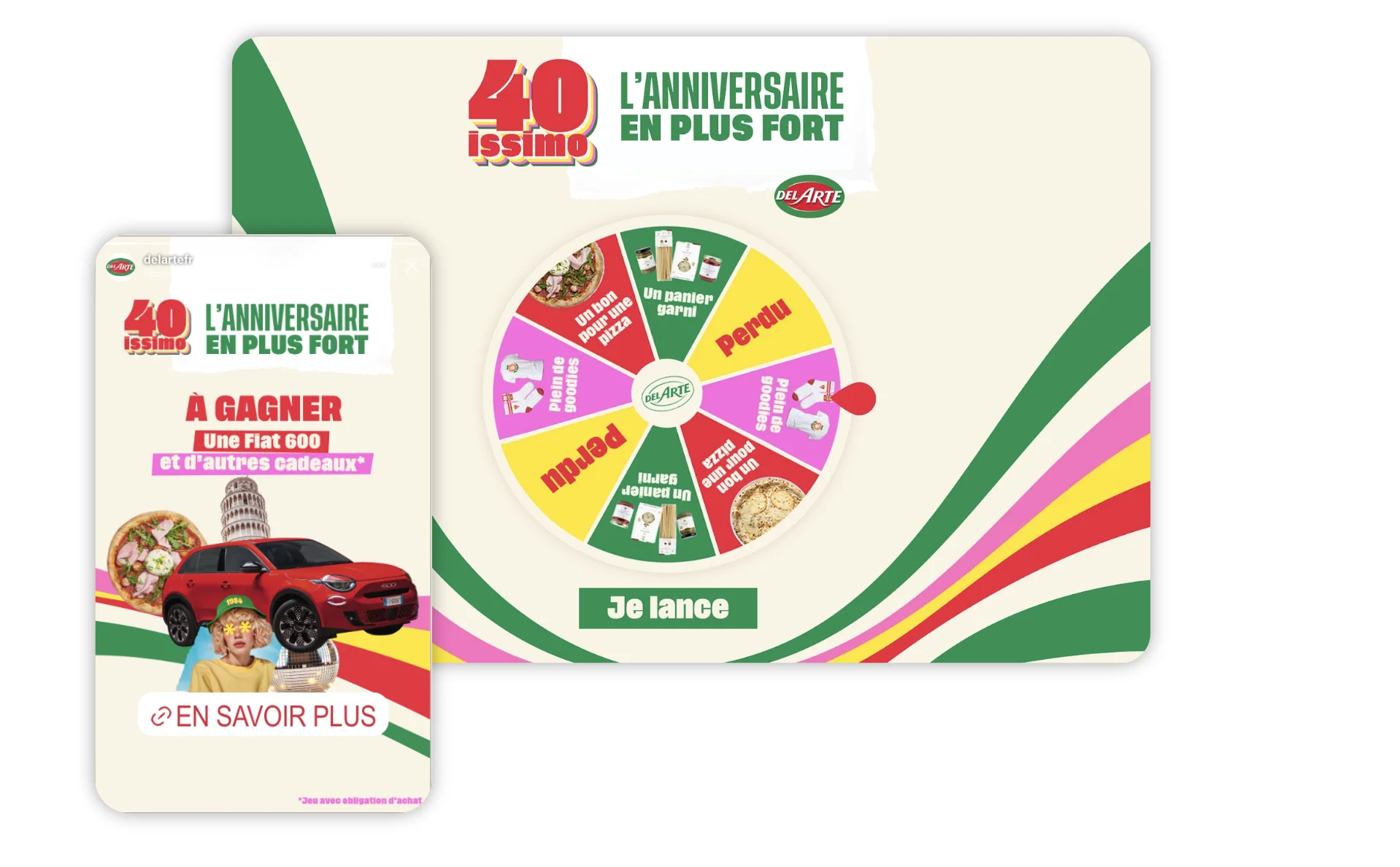
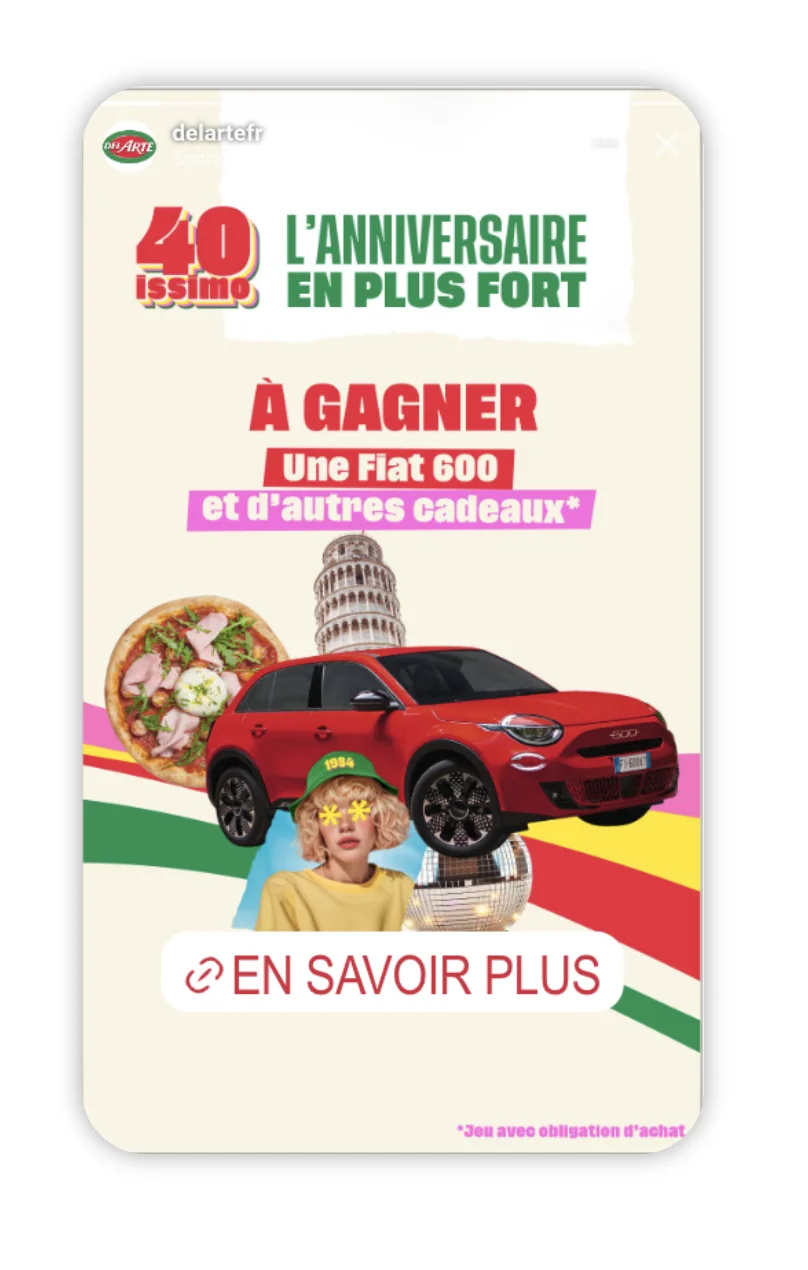
How to create an online Wheel of Fortune?
Now let’s get down to the nitty-gritty, with the steps you need to follow to create and distribute an online Wheel of Fortune
1. Set up the player’s route
Once the Wheel of Fortune mechanic has been selected, the first step is to configure the route for future players. As the game can include several stages, depending on the brand’s need and objectives:
- The entry form for capturing customer data;
- The Wheel of Fortune itself;
- The result page: Win or Lose – unless the store opts for a 100% winning game;
- The page already played (if players can only try their luck once) ;
- The campaign end page (which may allow the brand to redirect participants to a landing page, for example);
You can also add a home page (to hare the rules of the games or give a bit of context about the campaign) and a teaser page.
2. Customise your marketing game
before configuring the campaign, the bradn will nedd to create the graphic elements
to personalise the experience. On Adictiz, you can import your visual for the wheel, define the colour of the cursor or adjust the alignment of the boxes. The options settings allow you to configure the loading bar or customise the animation of the result box.
The idea is to create an immersive experience by choosing visuals and colours that reflect the world of the brand.
3. Configuring the mechanics of the Wheel of Fortune
Depending on the objectives it has set itself, the company will then be able to configure its winning moment down to the smallest detail, and in particular choose :
- The numbers of particpants (per day, week, month or campaign and per user). We recommend that you allow players 1 participation per day to encourage them to return to the campaign on a regular basis, while ensuring that it remains profitable;
- The number of squares on the wheel, depending, ofr example, on the number of prizes. A minimum of one “Lost” box is mandatory on the Wheel of Fortune.
- The uniqueness of the winners
The option allows you to choose the number of prizes that the same user can potentially win on the campaign. If the company chooses the “No Uniqueness” option, each player can potentially win several prizes.
The results pages (winner and loser) will be displayed instantly once the wheel has stopped.
4. Choose the prizes
To work, the Wheel of Chance must offer attractive prizes (linked to the brand’s universe of the highlight of the event).
This mechanism makes it possible to
award prizes
for each square of the wheel. Users will discover their gift when the cursos stops on a square.
5. Test and adapt the mechanics to all channels
Before boradcasting your campaign, it is crucial to test it both on the desktop (for computer users) and on mobile (to check how it displays on a smaller screen).
To enhance the experience for mobile players, we recommend that you place the “Play’ button above the wheel.
6. Boost the visibility of your campaign
Once the Desktop and Mobile versions have been finalised and tested, all that’s left to do is distribute them.Here you need to think about :
- Choosing the right channels to reach your audience and achieve your objectives;
- Boost the reach of your campaign with a teasing effort, but also with appropriate levers (such as an Ads campaign on social networks or a personalised emailing suite).
Conclusion
Would you like to recruit new customers by creating an online Wheel of Fortune? The Adictiz platform allows you to configure each stage of your campaign and, if necessary, provides support from the creation of your visuals to the configuration of your mechanics and the media coverage of your marketing game!



